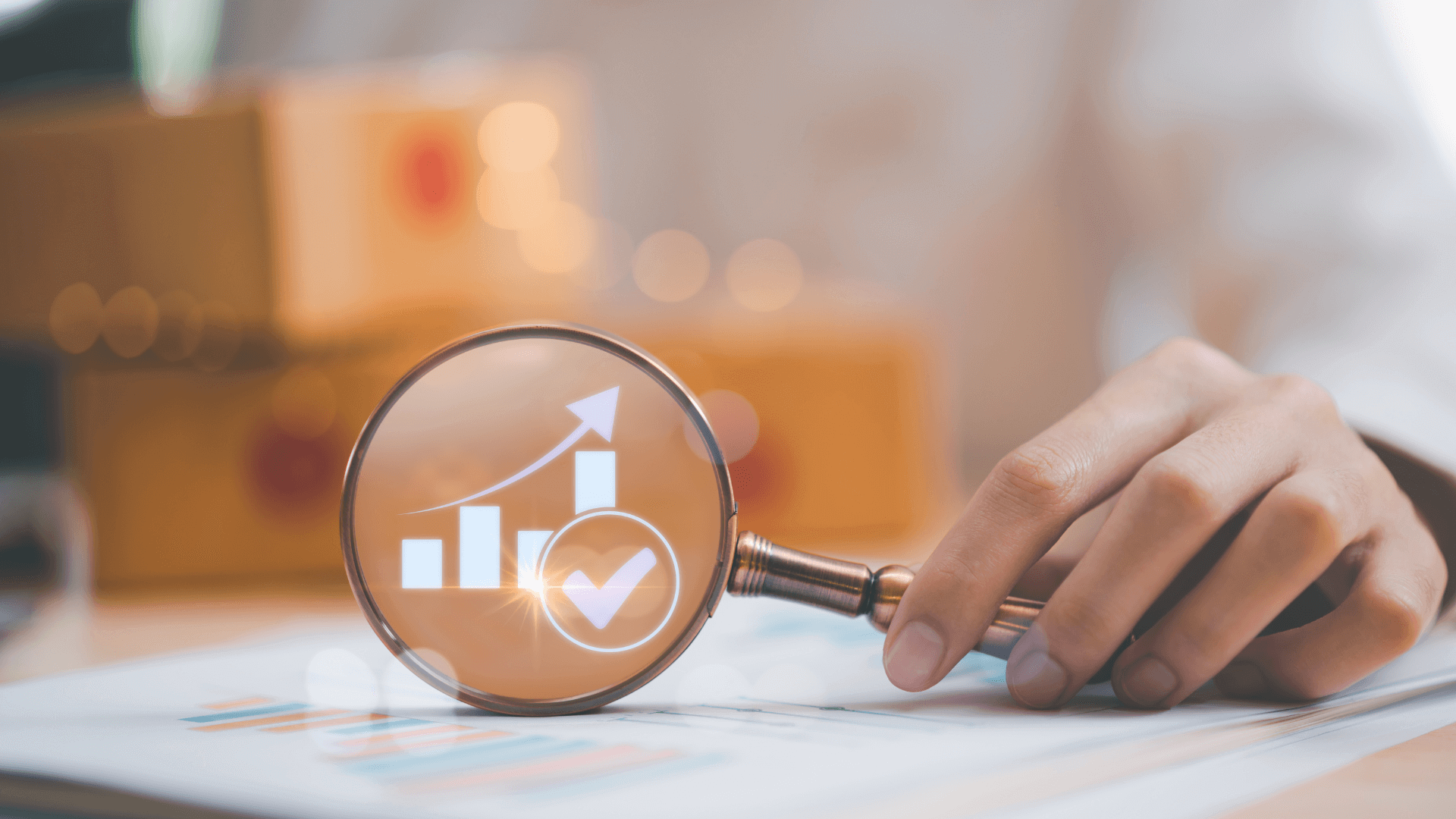The procurement landscape is changing rapidly. Between inflationary pressures, supply chain disruptions, growing sustainability demands, and emerging technologies, procurement leaders must reevaluate their strategies to stay ahead of the curve. It’s no longer just about reducing costs, but also about creating value, mitigating risk, and driving innovation.
This article highlights key procurement priorities and offers practical, effective, and realistic advice for leaders seeking to adapt and thrive in this new environment.
1. Embrace Digital Procurement Transformation
Leverage Data for Smarter Decisions
Data is the backbone of procurement today. Leaders must invest in platforms that provide real-time analytics, predictive insights, and spend visibility. Procurement professionals should move beyond automating spreadsheets to integrated tools such as AI-driven procurement, cloud platforms, and supplier dashboards.
Actionable Tips:
- Review your current set of procurement technologies. Identify gaps.
- Implement e-procurement software with AI and machine learning capabilities.
- Invest in training your team to maximize the use of digital tools.
2. Strengthen Supplier Relationships & Risk Management
Think Long-Term Partnerships, Not Just Transactions
Supplier disruptions-whether caused by geopolitical conflict, economic uncertainty, or natural disasters-have proven that a reactive sourcing model is insufficient. Procurement leaders must prioritize building resilient and collaborative relationships with suppliers that go beyond simply negotiating prices.
Actionable Tips:
- Map your supplier base and identify key partners.
- Develop joint action plans with strategic suppliers.
- Implement supplier risk assessment tools and mitigation plans.
3. Sustainability as a Core Procurement Metric
Procurement Is Now a Driver of ESG Goals
Sustainability has officially gone from a nice-to-have to a must-have. Regulators, investors, and consumers expect companies to act responsibly in their supply chain. Procurement plays an important role in reducing carbon emissions, supporting ethical sourcing and due diligence, and implementing environmental, social, and governance (ESG) standards.
Actionable Tips:
- Set measurable ESG goals for procurement.
- Work with suppliers that align with your sustainability values.
- Introduce green procurement policies and reward sustainable practices.
4. Focus on Cost Optimization, Not Just Cost Cutting
Redefine Value for the Business
Procurement leaders need to shift from a cost-cutting mindset to a cost-optimization strategy. This means balancing cost, quality, reliability, innovation, and sustainability.
Actionable Tips:
- Perform total cost of ownership (TCO) analyses.
- Consolidate suppliers where it makes sense to maximize buying power.
- Explore alternative sourcing strategies such as nearshoring or digital marketplaces.
5. Talent Development & Procurement Agility
Equip Teams for an Evolving Function
Procurement has evolved beyond mere negotiation skills, and it’s not just about having the right teams with speed, technological skills, and strategic thinkers. Upskilling and attracting the right talent should be one of your top priorities.
Actionable Tips:
- Provide continuous learning experiences on digital tools, analytics, and ESG.
- Make teams more agile and project-driven.
- Encourage procurement to work collaboratively with finance, IT, and operations wherever possible.
6. Improve Spend Visibility and Control
Know Where Every Dirham Goes
As inflation and global cost fluctuations persist, real-time spend visibility is no longer negotiable. Procurement leaders must focus on developing systems and processes that provide accurate, detailed, and actionable spend data.
Actionable Tips:
- Use spend analytics platforms.
- Categorize, standardize, and codify your spend for useful insights.
- Regularly review suppliers and contracts for compliance and saving opportunities.
7. Prepare for Procurement’s Strategic Role
From Cost Center to Value Creator
Procurement is beginning to be recognized as a strategic function capable of driving innovation, product development, customer experience, and resilience. Leaders must focus on aligning procurement with business operations.
Actionable Tips:
- Align procurement KPIs with broader business goals.
- Get procurement a seat at the executive table.
- Leverage procurement data to drive product development, market growth, and expansion.
8. Leverage Automation and AI for Routine Tasks
Free Up Time for Strategic Work
Repetitive tasks such as invoice approval, purchase order creation, and supplier onboarding can be automated with modern tools. This not only reduces human error but also allows teams to focus on higher-value activities.
Actionable Tips:
- Identify and automate at least 3 repetitive procurement processes.
- Use robots or RPA (Robotic Process Automation) to speed up operations.
- Monitor efficiencies and reallocate time to innovation or supplier strategy.
Final Thoughts
The procurement function is undergoing a profound transformation: from a support function, it is becoming a driver of competitive advantage. To support this evolution, leaders must digitally transform, develop collaborative supplier ecosystems, encourage responsible purchasing, and train their teams to be self-sufficient.
Looking to upgrade your procurement capabilities in 2025?
Work with Procurement Plus, your leading procurement consulting firm in the UAE, helping businesses innovate their procurement functions, mitigate risks, and create sustainable value. Discover our services and kick-start your procurement transformation today.




Share our products, reap the rewards—apply to our affiliate program! https://shorturl.fm/UG3DU
Get paid for every click—join our affiliate network now! https://shorturl.fm/ZxyOc
Earn recurring commissions with each referral—enroll today! https://shorturl.fm/H38bA
Share our products and watch your earnings grow—join our affiliate program! https://shorturl.fm/nwkHP
Share your link, earn rewards—sign up for our affiliate program! https://shorturl.fm/Lw5Hk
Become our affiliate and watch your wallet grow—apply now! https://shorturl.fm/MQHht
Join our affiliate program and start earning commissions today—sign up now! https://shorturl.fm/6io16
Your network, your earnings—apply to our affiliate program now! https://shorturl.fm/1c3OQ
Grow your income stream—apply to our affiliate program today! https://shorturl.fm/uGohr
https://shorturl.fm/ap2au
https://shorturl.fm/hDH7b
https://shorturl.fm/He8qL
https://shorturl.fm/EVZPw
https://shorturl.fm/NSAKv
https://shorturl.fm/f7I2D
https://shorturl.fm/kPolq
https://shorturl.fm/aJ17W
https://shorturl.fm/RV4vH
https://shorturl.fm/5uZLF
https://shorturl.fm/y7mp4
https://shorturl.fm/kBRsg
https://shorturl.fm/xzEbZ
https://shorturl.fm/eEMVh
https://shorturl.fm/V0R0C
https://shorturl.fm/9rQjj
https://shorturl.fm/iJgqY
https://shorturl.fm/bXwJ6
https://shorturl.fm/WXaDN
https://shorturl.fm/94oY9
https://shorturl.fm/HPJbY
https://shorturl.fm/cphFx
https://shorturl.fm/jLqc0
https://shorturl.fm/QetyG
https://shorturl.fm/t5AZn
https://shorturl.fm/iQ6Hn
https://shorturl.fm/7HfSX
https://shorturl.fm/NAxJk
https://shorturl.fm/Xwlvo
https://shorturl.fm/3JZA2
https://shorturl.fm/bwmBQ
https://shorturl.fm/cKSGo
https://shorturl.fm/rdVVH
https://shorturl.fm/oKCFb
https://shorturl.fm/XXnmN
https://shorturl.fm/YP1pW
https://shorturl.fm/kpUIV
https://shorturl.fm/Hjld8
https://shorturl.fm/oaeem
https://shorturl.fm/KYxNc
https://shorturl.fm/cCPfG
https://shorturl.fm/OjsZ6
https://shorturl.fm/ThDGw
https://shorturl.fm/wwZFI
https://shorturl.fm/LhH11
https://shorturl.fm/YQRC0
https://shorturl.fm/9ymYE
https://shorturl.fm/dWevn
https://shorturl.fm/QeZrp
https://shorturl.fm/YIKIl
https://shorturl.fm/sE3rs
https://shorturl.fm/DtLEE
https://shorturl.fm/7FWAY
https://shorturl.fm/4zFdj
https://shorturl.fm/8KJP0
https://shorturl.fm/0wUla
https://shorturl.fm/W7DhQ
https://shorturl.fm/X6uUq
Just tried my luck with Super Ace Jili-loved the card-themed slots and wilds! The free spins feature really boosts the fun. Definitely a hit for casual players looking for excitement and good payouts. Check it out at Super Ace Jili!
That’s a great point about transparency in online gaming! It’s cool to see platforms like okking99 building on blockchain for fairer play. Curious to check out their system – especially the okking99 app download apk and how easy it is to get started. Seems like a solid, modern approach!
Wim444? Never had any problems with them. Straightforward and easy to deposit and withdraw. That’s all I ask for! wim444 gets the job done!
Yo, just got my hands on some futurola goodies from futurola.info. Seriously upped my game. Quality stuff, durable, and does exactly what it says on the tin. If you’re serious about your rolling, you gotta try it. Thank me later! futurola is the way to go!